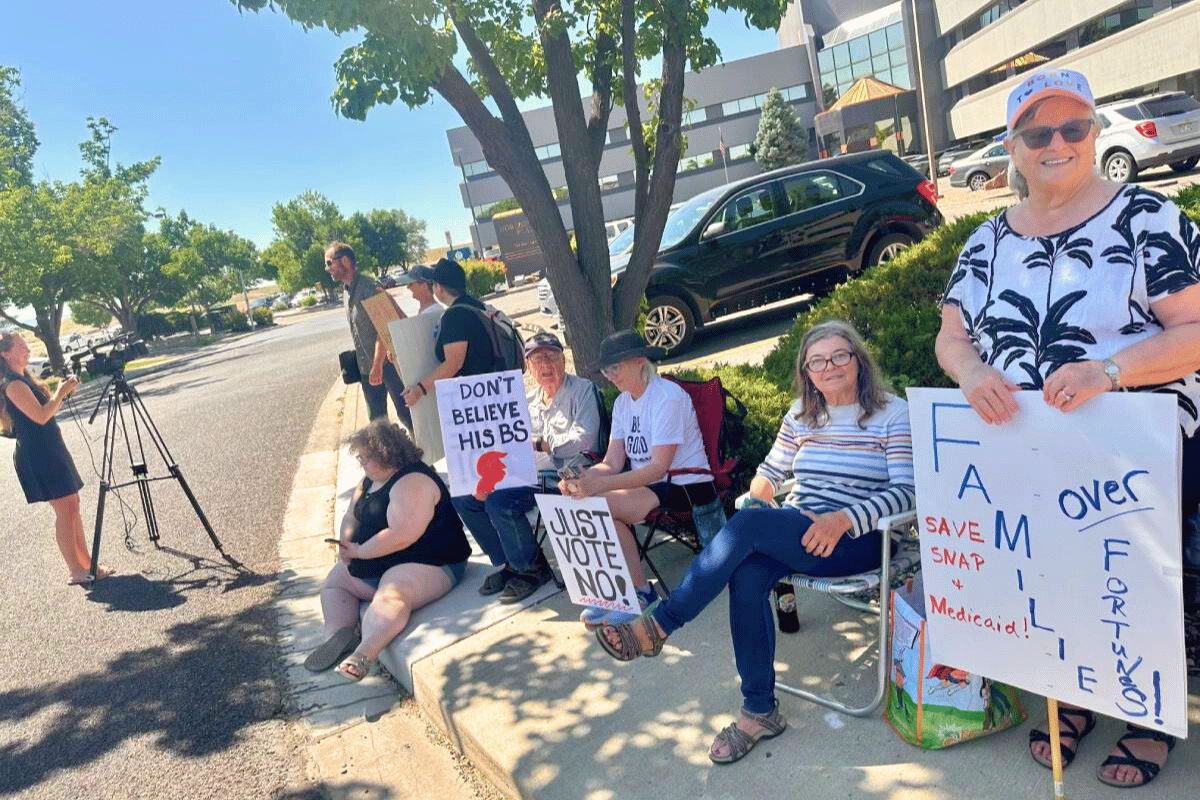Update 08.01.2017: This city has communicated that they've located the plans for 1899 Wynkoop. The plans show a range of exterior wall finishes were used and approved under 1994 codes. Andrea Burns, the department's spokeswoman said they are continuing to seek out the architect to confirm which product was used.
Our original story continues below:
--
The same type of aluminum paneling used on the London apartment building that caught fire last month, killing at least 80, was also used in the construction of a Denver high-rise building, according to the manufacturing company’s website.
A spokeswoman for Denver’s Community Planning and Development department says the city is aware the company that made the paneling, Arconic, had used the Denver building in its marketing material. But Andrea Burns, the department’s communications director, can’t confirm those materials were used because they're searching for the original building plans.
“We are looking into the matter and determining whether we have any building plans for this site in an off-site archive,” she told CPR News in a statement. “However, it’s likely building plans were purged as part of our department’s normal records retention schedule.”
The Associated Press first reported the use of the Arconic cladding in various buildings around the United States, including the Baltimore Marriott Waterfront hotel and the Cleveland Browns' football stadium. The top two floors of 1899 Wynkoop, a nine-story office and retail building in downtown Denver's historic warehouse district, was clad with the material to lighten its appearance and keep it from dominating the surrounding warehouses.
As with Denver, the AP said that “determining which buildings might be wrapped in the material in the United States is difficult. City inspectors and building owners might not even know. In some cases, building records have been long discarded and neither the owners, operators, contractors nor architects involved could or would confirm whether the cladding was used."
Burns said that the Denver office building had to meet extensive fire safety requirements before it was permitted and said the city “would look to the recommendations of a national fire prevention or code council authority regarding any steps that city code officials or building owners should take regarding this product on existing buildings.” Generally, though, it is not mandatory for existing buildings to meet new code requirements.
“Cities do not retroactively compel changes to buildings to make them meet current codes, unless as part of a planned remodel,” Burns said. “Most existing buildings are therefore out of current code compliance each time a code is updated. Asbestos is an example of a product that is not considered safe today but that codes don’t require be removed.”
London authorities are investigating the aluminum siding to determine if the material helped spread the fire at Grenfell Tower. The National Fire Protection Association told the AP the Arconic paneling is not safe for buildings taller than 40-feet because it never underwent the proper combustibility tests -- 1899 Wynkoop stands about 90 feet tall.
After the London fire, Arconic announced it would discontinue the use of that material for high-rise structures.
Read The Full Response From Community Planning and Development:
We have had a few inquiries on this, so I’ll share with you the same info I’ve been sharing today.
|









